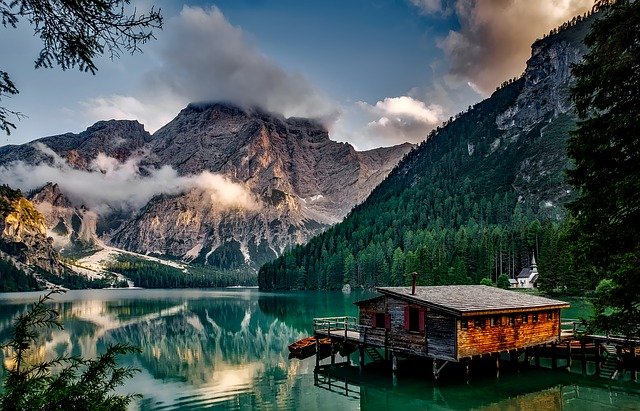Post-Urban Life in the Italian Alps during a Pandemic
New paradigm or ephemeral phenomenon?
DOI:
https://doi.org/10.31273/eirj.v9i2.831Keywords:
Italian Alps, marginal areas, post-urban life, return migration, pandemic timesAbstract
In the twentieth century, depopulation in the Italian Alps was the result of the vision of a mountain world as isolated and of the persistence of stereotypes such as that of the 'poor mountain dweller'. At the same time, mountains were exploited by cities in order to be transformed into a place of leisure for mass tourism. Consequently, the agro-pastoral activities related to this world were neglected as a symbol of backwardness. However, over the past decade, the Alps have been affected by return migrations. The interest in rural world comes from the redefinition of the urban-rural gap and the leaving behind of the urbanism paradigm. Although this phenomenon is not new to social scientists, with the onset of COVID-19 it is assuming unexpected dimensions and accelerated developments. Images of escape from cities, when lockdown was announced in Italy on February 2020, clearly demonstrate that new visions of rural territories were emerging in the Western World. This article aims to inquire about the contemporary perception of the Italian Alps and their rediscovery during these pandemic times, to ask ourselves about the nature of this rediscovery, to what extent the representations are affected by a nostalgic attitude and how they can contribute, if well managed, to the development of a new post-urban living model.
Downloads

Downloads
Published
Issue
Section
License
Copyright (c) 2022 Maria Anna Bertolino

This work is licensed under a Creative Commons Attribution 4.0 International License.
Authors who publish with this journal agree to the following terms:
Authors retain copyright and grant the journal right of first publication with the work simultaneously licensed under a Creative Commons Attribution License (CC-BY), which permits use and redistribution of the work provided that the original author and source are credited, a link to the license is included, and an indication of changes which were made. Third-party users may not apply legal terms or technological measures to the published article which legally restrict others from doing anything the license permits.
If accepted for publication authors’ work will be made open access and distributed under a Creative Commons Attribution (CC-BY) license unless previously agreed with Exchanges’ Editor-in-Chief prior to submission.
Authors are able to enter into separate, additional contractual arrangements for the non-exclusive distribution of the journal's published version of the work (e.g., post it to an institutional repository or publish it in a book), with an acknowledgement of its initial publication in this journal.
Authors are permitted and encouraged to post their work online (e.g., in institutional repositories or on their website) prior to and during the submission process, as it can lead to productive exchanges, as well as earlier and greater citation of published work. (see: The Effect of Open Access)
